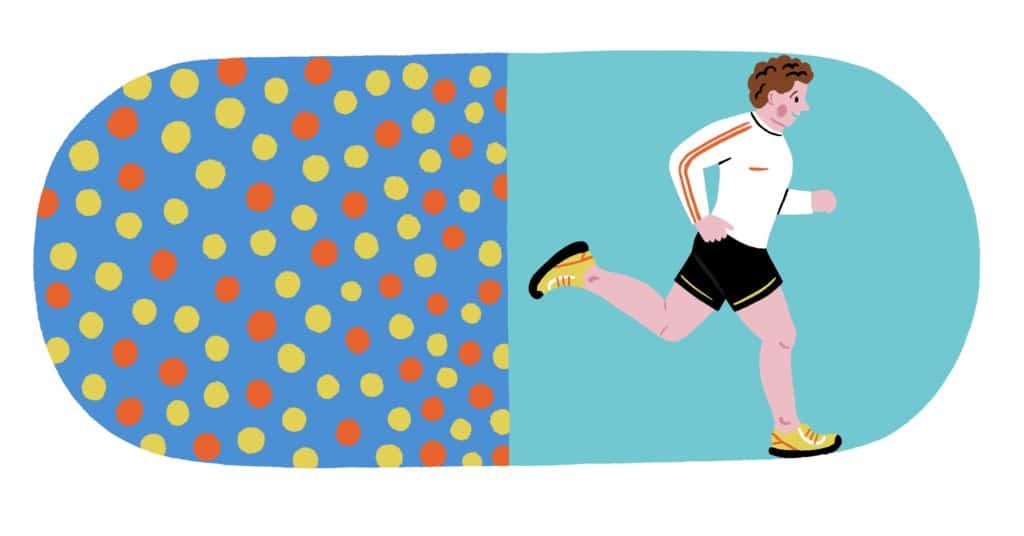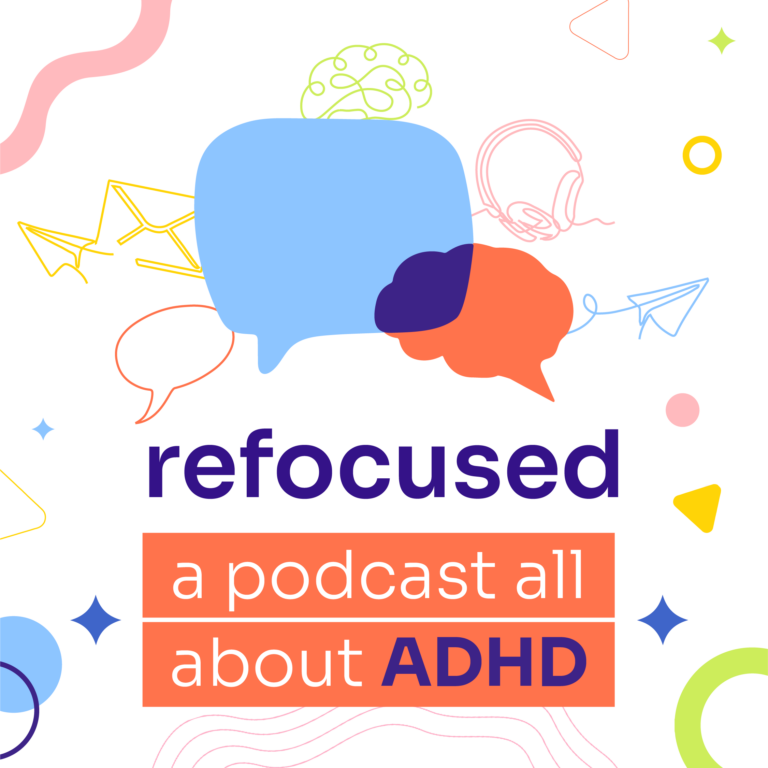
By Sophia Auld
Did you make a New Year’s Resolution to exercise more? That’s great. Working out is known to benefit physical and mental health. Plus, it can be a positive way to help manage ADHD symptoms. Here’s what you need to know about exercise, ADHD and stimulant medications, including some expert suggestions for getting physically active — whether you take medication for ADHD or not.
How exercise can reduce ADHD symptoms
A growing body of research suggests exercise may help people manage their ADHD symptoms, according to a review of evidence published in the journal Borderline Personality Disorder and Emotion Dysregulation in 2020. The authors note a single bout of exercise can lead to decreased impulsivity and hyperactivity, improved attention and better executive functioning. Findings also suggest that, over the long-term, repeated exercise can have beneficial effects on ADHD symptoms, executive functions, academic performance and movement skills.
Clinical neuropsychologist Mitchell Clionsky, PhD, says exercise is almost always part of a plan for treating ADHD — whether or not someone is taking medications.
“That is because exercise improves cardiovascular fitness, brings more oxygen-rich red blood cells to the brain, and wakes up areas of the brain involved in planning and attention,” says Clionsky, director of Clionsky Neuro Systems in Springfield, Mass.
Exercise can also enhance people’s sense of confidence and self-esteem, Clionsky adds.
“Many people with ADHD feel out of control of their lives,” he says. “They don’t get things done on time or efficiently, are often criticized for being lazy or stupid, and they feel depressed. These reactions and emotions can get in the way of a proactive approach to managing ADHD better. So, I want my patients to feel a greater ownership of their bodies and their ability to be successful.”
Mark A. Stein, PhD, a professor of psychiatry, pediatrics and psychology at the University of Washington, agrees exercise has indirect benefits for people with ADHD.
“It can help structure their day and their schedule. More structure, the better,” he says. “It also provides opportunities for social rewards for positive health behavior and an opportunity to demonstrate self-control, which can contribute to a positive self-image.”
Erica Hornthal, a dance/movement therapist, licensed counselor and founder of Chicago Dance Therapy, believes movement is a wonderful way to manage ADHD. She says it helps to regulate the nervous system, calming the brain and body while focusing attention.
“Finding ways to release or discharge the feelings of distraction, hyperactivity and scattered attention are invaluable,” Hornthal says. “Once the body can express these in a safe manner, we can then invite in calm, grounding and relaxation.”
When is the best time to exercise?
Clionsky says evidence suggests that exercising just before studying or working on a task or project can improve attention in the short term.
“I was working recently with a very bright graduate student who had nearly flunked out of university because she procrastinated with projects and fell ‘down the wormhole’ of social media, often for hours,” he says.
“By having her get off the couch and go for a 15-minute walk every morning and every afternoon before starting work on her project, it avoided her sedentary behavior, gave her a chance to plan her next hours of work, and gave her a sense of achievement,” Clionsky says. “Not easy to come by for many people with ADHD!”
How stimulants might impact your workout routine
If you’re taking stimulant medications for ADHD, you might wonder whether there’s a best way to time these with your workouts. This is a complicated question, Stein says.
“Individuals with ADHD differ so much from other individuals with ADHD, as does their response to medications,” Stein says. “Plus, there’s very little research on ADHD medications combined with exercise.”
Stein says experts “often suggest increasing physical activity and improving sleep is the first step in treating ADHD. And we usually recommend starting one treatment at a time so you can evaluate its effect.”
He explains that exercise and medication can have a synergistic effect that is positive for some people but may be problematic for others.
A review published in 2022 in the journal Sports Medicine – Open looked at results from nine trials exploring the link between stimulant medication and athletic performance. Six of those trials reported a significant positive association. Other effects that were identified included a significant rise in heart rate, core temperature and some hormone levels. However, a data analysis of two of the nine studies yielded conflicting results.
Other research has had different outcomes. In a 2016 study published in the Journal of Psychiatric Research, the authors found peak heart rate during a treadmill exercise test was significantly lower in regular users of stimulant medication compared to non-users. Additionally, stimulant medication users had a greater risk of an issue known as chronotropic incompetence, which occurs when the heart rate cannot keep up with the increased demand of exercise.
The bottom line? Check in with your doctor about what’s right for you.
Stein says, for example, that pre-existing heart abnormalities or other medications are potential risk factors that should be taken into account.
“The decision about how and when to combine exercise and stimulant treatment should be developed for each individual based on their goals and consultation with their physician,” Stein says.
Exercising safely while taking stimulant medications
Stein also recommends starting any exercise gradually and developing a consistent routine, while also scheduling recovery periods. It’s also important to hydrate, he says. So remember to drink plenty of water.






